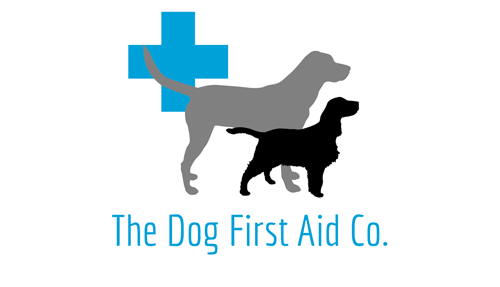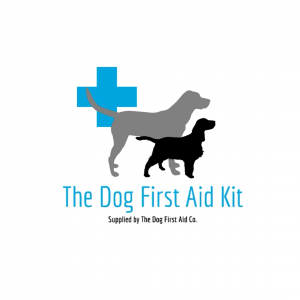
Do you know the correct bandaging technique to dress your dogs paw or leg wound? Check out our new step by step guide! 
We recommend following the correct bandaging formula unless the wound is haemorrhaging in which a pressure bandage should be applied immediately. Always wash your hands and apply gloves prior to touching the wound to prevent contamination.
Firstly, ensure the wound is clean and free from dirt and debris. Always use the correct and recommended dilution of a pet safe antiseptic cleaning solution. Using a stronger than recommended dilution can have an adverse effect on wound healing and may cause tissue toxicity.
Bandaging formula
Check the tension of each individual dressing layer before moving onto the next; a good rule is that you should be able to place two fingers into the top of the dressing. Although you do not want the bandage to slip off, you do not want to cut off circulation and cause further tissue and potentially nerve damage.
© The Dog First Aid Co. 2021

 We are a provider of premium first aid kits, with a large range of essential high quality veterinary approved materials and equipment, designed by a registered veterinary nurse with dogs in mind.
We are a provider of premium first aid kits, with a large range of essential high quality veterinary approved materials and equipment, designed by a registered veterinary nurse with dogs in mind.